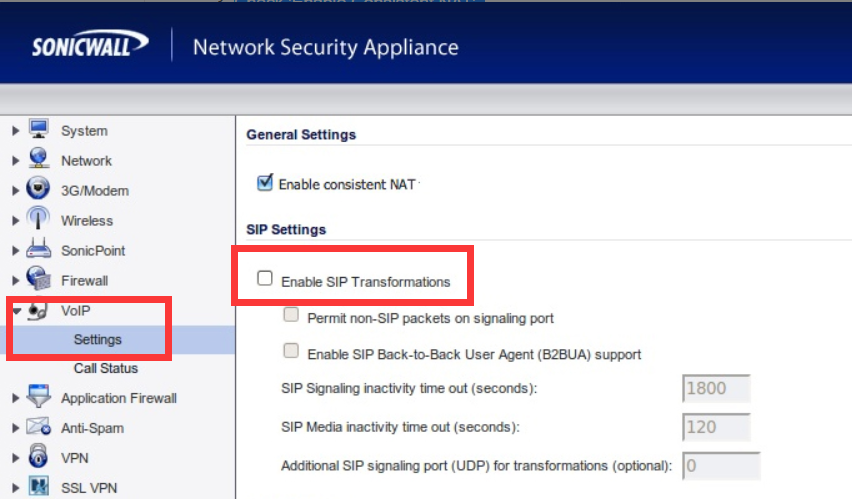

On-screen keyboards are software images of a keyboard that appear on the screen and may be activated with a trackball, touch screen, screen-pointing device, or eye movements. Motor-impaired workers unable to type on a standard keyboard can employ expanded or ergonomic keyboards, on-screen keyboards, adaptive switches and voice recognition systems Deaf people can also communicate via SMS and instant messaging. They can be used in combination with relay services, where an operator says what the text user types, and types what a voice phone user says. They are also called TDDs (Telephone Devices for the Deaf) or TTYs (TeleTypewriters).
Textphones allow the deaf to type and read phone conversations. Electronic notetakers use software that types a summary of what is said in meetings onto the computer screen. So instead of hearing a sound, the user is alerted by a blinking menu bar or by a message on the screen. Visual alerts are indicators that alert the deaf user when they receive new mail or when there is a system error.
#Sip is disabled using switchresx Pc
The PC can then produce a copy of the text in Braille, a magnified copy, or a version that can be read aloud by a speech synthesis system.ĭeaf computer users can overcome many communication difficulties with the aid of visual alerts, electronic notetakers and textphones. OCR uses a flatbed scanner and specialized OCR software to read printed material and send the text to the computer. It has a speech synthesizer, which produces the audio output, and a screen reader - the program which reads aloud text and menus from word processors, databases and the Web. This type of software can enlarge text and images appearing on the screen by up to 16 times.Ī Braille embosser prints a hard copy of a text document in BrailleĪ speech synthesis system is used to read aloud the work on the computer. For output, there are printers, called Braille embossers, that produce tactile Braille symbols on both sides of a page at high speed.įor someone with limited but usable vision, a screen magnifier may be appropriate. To work effectively, most blind users need to have their computers adapted with technologies such as Braille, screen magnifiers, speech synthesis and Optical Character Recognition (OCR).īraille keyboards have Braille lettering on keyboard overlays, allowing the blind user to easily identify each key.

For example, the Americans with Disabilities Act (ADA) and the UK's Disability Discrimination Act make it illegal for employers to discriminate against people with disabilities. In addition, new laws oblige companies to adapt the workplace to accommodate disabled people. The latest assistive technology is designed to help them use computers and do their jobs in the office, learn at school, or interact with their families at home. But what happens if a person is blind, deaf or motor-disabled? They needn't worry. Computers have taken a dominant role in our society, meaning most jobs now require access to computers and the Internet.


 0 kommentar(er)
0 kommentar(er)
